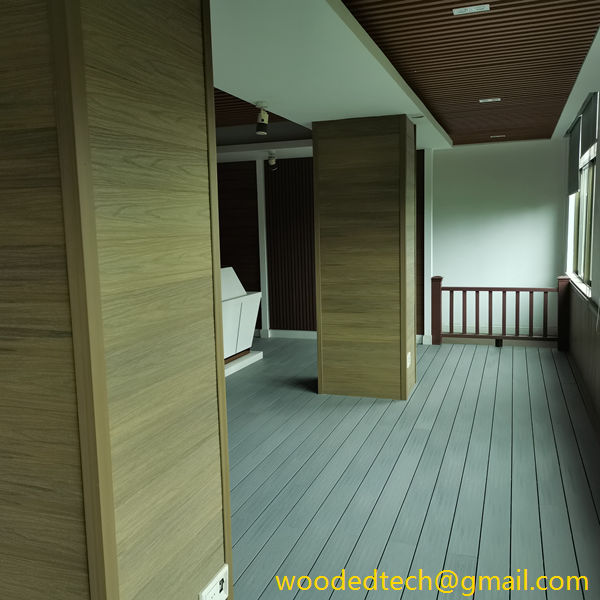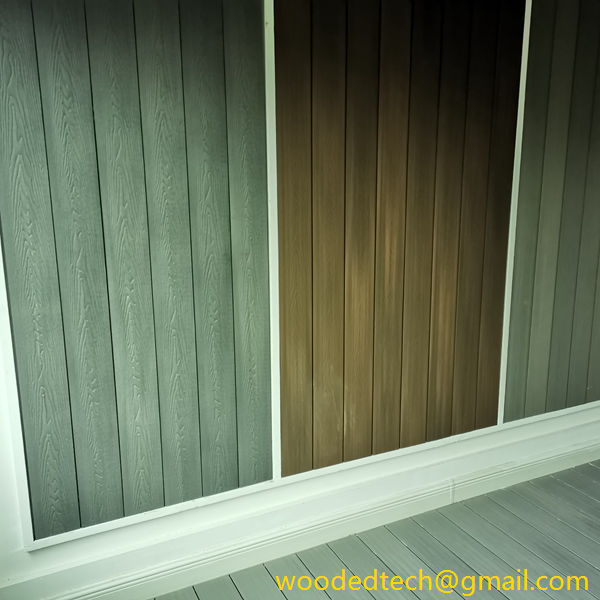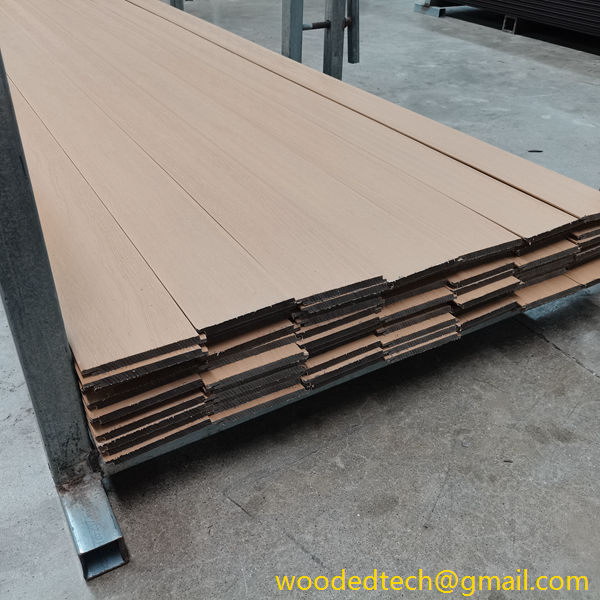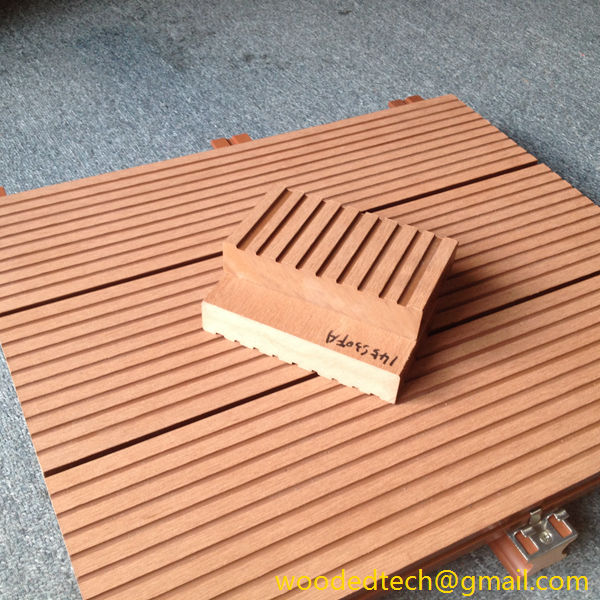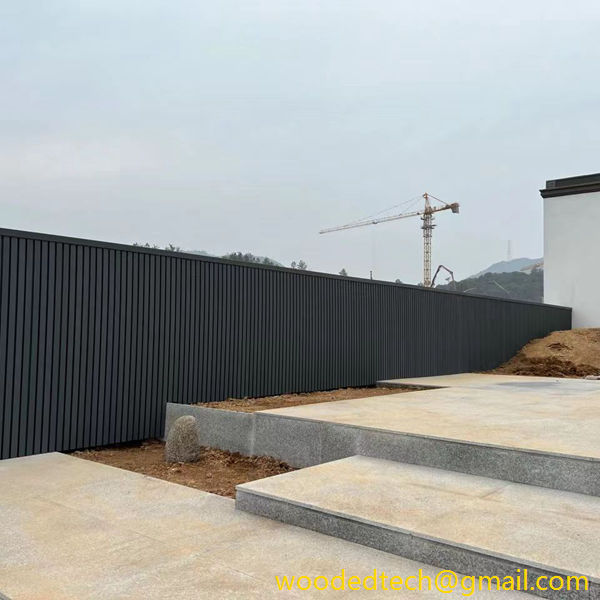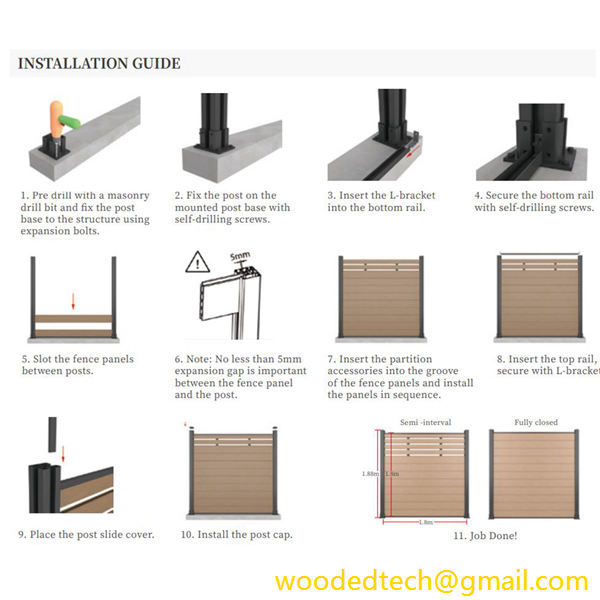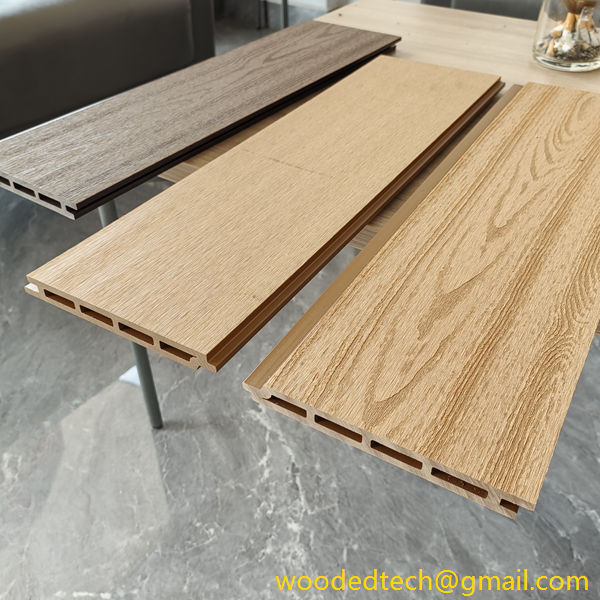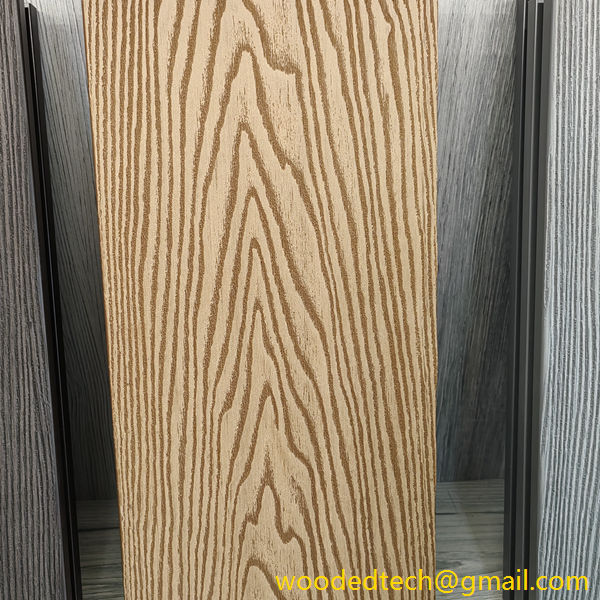HS Code WPC Panel: Learn About the HS Code for WPC Panels
HS Code WPC Panel Learn About the HS Code for WPC Panels In recent years, the construction and interior design industries have seen a significant shift towards sustainable and innovative materials. One of the most noteworthy developments in this sector is the increasing popularity of Wood Plastic Composite (WPC) panels. These panels, made from a…
HS Code WPC Panel Learn About the HS Code for WPC Panels
In recent years, the construction and interior design industries have seen a significant shift towards sustainable and innovative materials. One of the most noteworthy developments in this sector is the increasing popularity of Wood Plastic Composite (WPC) panels. These panels, made from a combination of natural wood fibers and plastic, have emerged as a versatile and eco-friendly alternative to traditional building materials. With the growing demand for WPC panels, understanding the associated Harmonized System (HS) code becomes crucial for manufacturers, importers, and exporters navigating the complexities of international trade.
Wood Plastic Composite panels are engineered materials that combine wood fibers, plastic, and additives to create a product that boasts the aesthetic appeal of wood while incorporating the durability and resilience of plastic. This unique combination allows WPC panels to resist moisture, insects, and decay, making them ideal for both indoor and outdoor applications. Common uses of WPC panels include wall cladding, decking, flooring, and furniture production.
The production process of WPC panels involves extruding the mixture of wood fibers and plastic, which is then molded into various shapes and sizes. This method not only enhances the strength and durability of the panels but also allows for a range of finishes, colors, and textures, catering to diverse design preferences.
The Harmonized System is an internationally standardized system of names and numbers used to classify traded products. HS codes play a vital role in global trade, as they determine tariff rates, facilitate trade negotiations, and ensure compliance with various regulations. For businesses involved in the import and export of goods, correctly identifying the HS code for their products is essential.
For WPC panels, the HS code can vary depending on the specific composition and intended use of the product. Generally, WPC panels fall under the category of composite materials, and the appropriate HS code will reflect this classification. Understanding the nuances of HS codes can help businesses avoid costly fines, delays, and complications during customs clearance.
The market for WPC panels has been experiencing remarkable growth, driven by several key factors. First and foremost is the increasing demand for sustainable building materials. As environmental concerns continue to rise, consumers and businesses alike are seeking alternatives to traditional wood products that contribute to deforestation. WPC panels offer a sustainable solution by utilizing recycled plastics and wood byproducts, thereby reducing waste and minimizing environmental impact.
Moreover, the versatility of WPC panels makes them attractive for various applications. They can be used in residential construction, commercial buildings, and landscaping projects, providing architects and designers with flexibility in their designs. The ability to customize WPC panels in terms of color, texture, and size further enhances their appeal in the competitive market.
In addition, advancements in manufacturing technology have improved the performance characteristics of WPC panels. Innovations in formulation and processing techniques have resulted in panels that are more durable, lighter, and easier to install than ever before. These enhancements not only improve the overall quality of the product but also reduce installation costs, making WPC panels an economically viable option for builders and contractors.
Despite the promising growth of the WPC panel market, several challenges persist. One significant concern is the fluctuating prices of raw materials, particularly plastic and wood fibers. As demand for these materials increases, manufacturers may face difficulties in sourcing them at stable prices, potentially impacting production costs and profit margins.
Additionally, there is ongoing competition from alternative materials, such as traditional wood products, engineered wood products, and other composite materials. To stay competitive, WPC manufacturers must continually innovate and improve their products to meet evolving consumer preferences and industry standards.
Furthermore, regulatory compliance can pose challenges for businesses operating in the WPC panel market. Different countries have varying regulations concerning environmental standards, product safety, and import/export requirements. Staying informed and compliant with these regulations is crucial for businesses seeking to expand their market reach and avoid legal issues.
Looking ahead, the future of WPC panels appears bright. The global push towards sustainability and eco-friendly building solutions is likely to fuel continued demand for these innovative materials. As more consumers and businesses prioritize environmentally responsible choices, WPC panels will play a vital role in shaping the future of construction and design.
Moreover, ongoing research and development in the field of composite materials will likely lead to even more advanced WPC products. Manufacturers are exploring new formulations that enhance performance characteristics, improve aesthetics, and expand the range of applications for WPC panels. This innovation will not only drive growth in the market but also ensure that WPC panels remain a leading choice in the construction industry.
In conclusion, understanding the HS code for WPC panels is essential for anyone involved in the trade of these materials. With the booming market for WPC panels driven by sustainability, versatility, and technological advancements, businesses have a significant opportunity to capitalize on this trend. By navigating the complexities of international trade and regulatory compliance, manufacturers and suppliers can position themselves for success in this dynamic and rapidly evolving industry. The future of WPC panels is bright, and those who embrace its potential will undoubtedly contribute to the ongoing transformation of the construction landscape.

